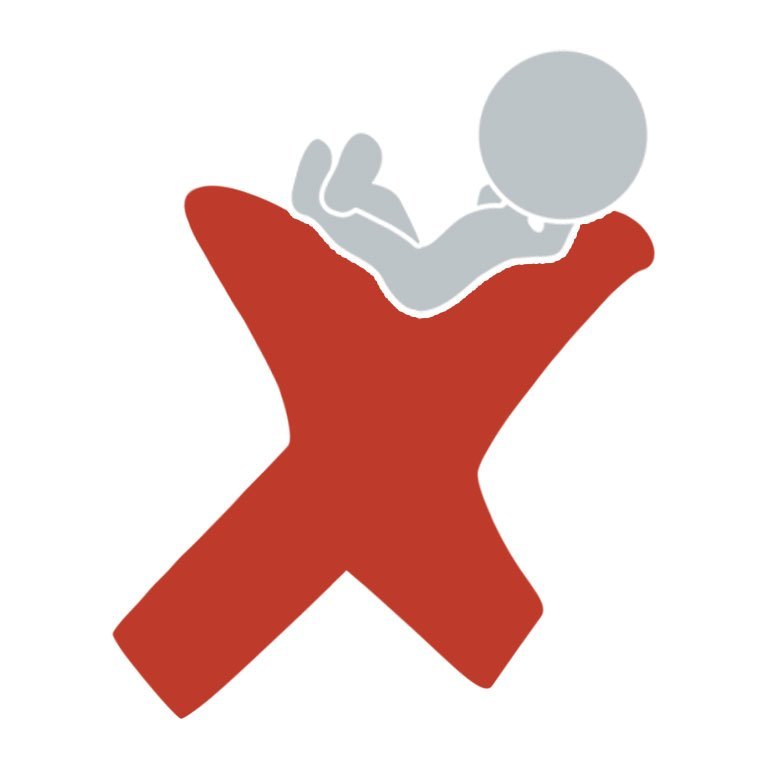It’s no secret that even the best marketing campaigns are worthless if something prevents your target from completing the transaction. Consequently, the more we know about those hurdles, the better.
For most performing arts organizations, allowing ticket buyers to select their own seats is a strong selling point. But if online buyers find that process frustrating, that strength becomes a weakness.
To that end, the more the sector as a whole studies satisfaction levels the better and last week’s survey about seat selection pain points generated 68 replies. Thank you to everyone who participated and let’s examine the results.
All respondents were regular ticket buyers.
None of the respondents indicated they were new to the buying experience. Given where the survey appeared, that’s not exactly a surprise but it helps clarify that this feedback is coming from veteran audience members.
Cities where respondents purchase seats for most often.
All the usual large metropolitan area suspects are here along with some regional markets.
- Ashburn
- Atlanta
- Austin
- Baltimore
- Boston
- Chicago
- Columbus
- Dallas
- Denver
- Houston
- Indianapolis
- LA
- Milwaukee
- Minneapolis
- Nashville
- New York
- Philadelphia
- Portland
- Raleigh
- Roseville
- San Francisco
- Seattle
- Washington DC
Age Groups
This was intriguing in that 3/5 of respondents where under the age of 45. If there’s a genuine desire to attract buyers in that age group, these responses become especially intriguing when cross tabulated with overall satisfaction levels.
How did you feel about your experience selecting seats?
Granted, there was no expectation that users would indicate high levels of satisfaction for either desktop or mobile seat selection process, but it was remarkable to see how low both options scored.
Key takeaways:
- Neither desktop nor mobile managed to garner a single “very satisfied” response.
- Respondents really dislike the mobile ticket buying experience for individual seat selection purchases.
- None of the respondents were satisfied at any level with the mobile experience.
- Mobile was the only device type respondents indicated they don’t use at all. In hindsight, I wish I included a conditional question asking why they didn’t as I’m curious to know if any avoid it because of how frustrating they find the experience.
In Their Own Words
Respondents were invited to provide their thoughts on how the online ticket buying experience could be improved. By and large, the majority of those who left suggestions focused on an overall level of confusion about prices and what makes one seat more valuable than another.
Perhaps unsurprisingly, many compare the experience to other seat selection experiences such as airlines and movies. One respondent mentioned that when they purchase airline tickets and select a seat, upgrade options not only include the price but provide info on why the seat is more valuable (more legroom, earlier boarding, etc.).
I’ve boiled down their responses to the following key suggestions and observations:
- Include fees anywhere a seat price is listed. I can’t stress how many users indicated this was a major pain point and they didn’t like waiting until the end of a checkout process to discover what one respondent labeled “a dirty trick.”
- Indicate which seats are under an overhang.
- Offer fewer price options.
- Provide more information about why one seat costs more than another.
- Describe what makes a seat “best” when letting the system choose for you.
- Include add-ons, like parking, as an option in the ticket purchase path, not a separate product.
- Provide better filtering to find seats based on broader search criteria.
Lastly, all but one respondent who left suggestions mentioned how unpleasant the individual seat selection process was on a mobile phone. One individual articulated how a negative ticket buying user experience is costing the organization.
“I don’t even make last minute decisions to attend while I’m out and only have my phone because buying a ticket for the seat I want is such a pain.”


